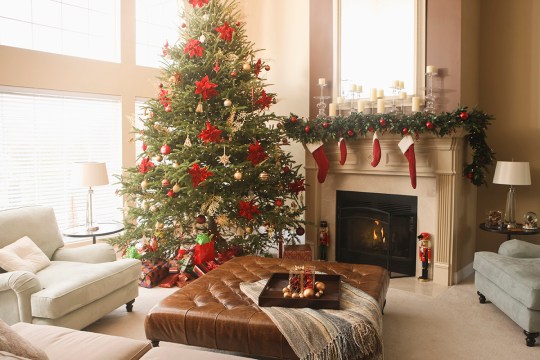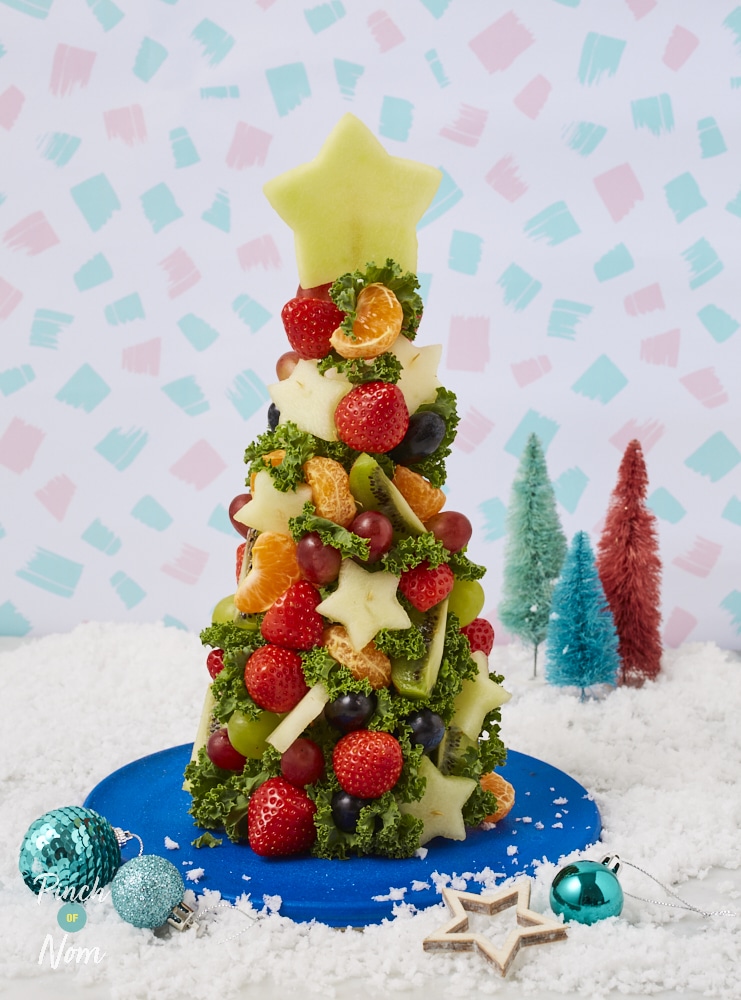Christmas Tree Tradition: Origins and Decorations Explained

The tradition of Christmas trees has a rich history filled with cultural significance and decorative evolution. Each year, millions of families around the world gather to put up their festive trees, adorned with ornaments, lights, and garlands. But how did this enchanting custom come about? This post delves into the origin and development of Christmas tree traditions, exploring their historical roots, the symbolism of decorations, and how modern practices have evolved to shape our contemporary holiday celebrations.
Historical Roots of the Christmas Tree

The Christmas tree as we know it today has roots that are far deeper than one might initially think:
- Pre-Christian Times: Evergreen trees, especially firs and pines, were admired for their lush foliage during winter, symbolizing life and eternal hope. In ancient cultures like the Romans and Egyptians, evergreens were brought into homes to commemorate the coming of new light during the solstice.
- Medieval Times: The legend of Saint Boniface, an 8th-century missionary, tells of him encountering a group of people about to sacrifice a child at an oak tree. To stop this, Boniface is said to have chopped down the tree, where a young fir tree miraculously grew. This story planted the seed for the Christianization of the evergreen tree.
Development of Christmas Tree Traditions

- Renaissance Period: The Christmas tree first appeared in Germany in the 16th century, with tales of Martin Luther, the Protestant reformer, adding lighted candles to a fir tree to represent the stars and heavens. By the 17th century, families began decorating their homes with small trees.
- Spread to Other Countries: The tradition spread across Europe and eventually to the Americas, with each country adding its own twists and traditions to the Christmas tree.
- Queen Victoria and Prince Albert: The British Royal Family popularized the Christmas tree in the 19th century. An image of Queen Victoria and her family decorating a Christmas tree was published, leading to widespread adoption in the UK and the USA.
🎄 Note: The Christmas tree was not a singular event but a gradual evolution of traditions merging together across cultures.
The Symbolism of Christmas Decorations

Decorations on Christmas trees carry symbolic meanings:
- Lights: Whether candles or electric lights, they symbolize the light of Christ and hope.
- Ornaments: Glass or homemade, they represent life’s milestones, prosperity, and the natural elements of Earth.
- Garlands: Traditionally, garlands were made of greenery, symbolizing eternal life and the victory of life over winter.
- Tree Topper: Often an angel or star, they signify the heavenly host and the Star of Bethlehem, respectively.
Types of Christmas Tree Decorations

| Type of Decoration | Material | Symbolism |
|---|---|---|
| Baubles/Ornaments | Glass, Metal, Plastic | Family Memories, Prosperity |
| Lights | Candles, LED, Incandescent | Hope, Divinity |
| Tinsel | Metal, Plastic | Icicles, Life Sparkle |
| Garlands | Evergreen, Fabric, Beads | Endless Life, Celebration |

🔔 Note: The choice of decorations can vary greatly, often reflecting personal or family traditions.
Modern Christmas Tree Practices

The 21st century has brought new ways of celebrating Christmas with trees:
- Artificial Trees: For those looking to reduce environmental impact or simplify, artificial trees have become popular.
- Themed Trees: From color themes to pop culture, themes have diversified the look of Christmas trees.
- Outdoor Trees: Larger-than-life trees have become a fixture in public spaces, illuminated by the latest technologies.
The Christmas tree tradition embodies the spirit of the season with its joyful, communal, and symbolic aspects. This tradition, originating from pre-Christian customs, has grown into a global celebration, decorated with meaning, memories, and cultural expressions. As families around the world prepare their homes for the festive season, the tree stands as a centerpiece of hope, continuity, and joy, its decorations a canvas of life, love, and the promise of new beginnings. Whether we're carrying on with time-honored traditions or innovating with contemporary twists, the Christmas tree remains a symbol of unity, celebration, and the interconnectedness of humanity.
What is the significance of the Christmas tree’s shape?

+
The triangular shape of the tree is often believed to represent the Holy Trinity in Christianity. The pointed top mimics a church’s steeple, symbolizing the church, while the branches reach down to the earth, bridging heaven and earth.
Why do we place gifts under the Christmas tree?

+
Gifts under the tree symbolize the gifts given by the Magi to baby Jesus. The act of giving and receiving gifts has become an integral part of the Christmas tradition, echoing the theme of giving in the Christian story.
Are there any safety concerns with real Christmas trees?

+
Yes, real trees can dry out, becoming fire hazards. It’s essential to keep them well-watered, keep them away from heat sources, and ensure proper use of lights to avoid electrical hazards.



